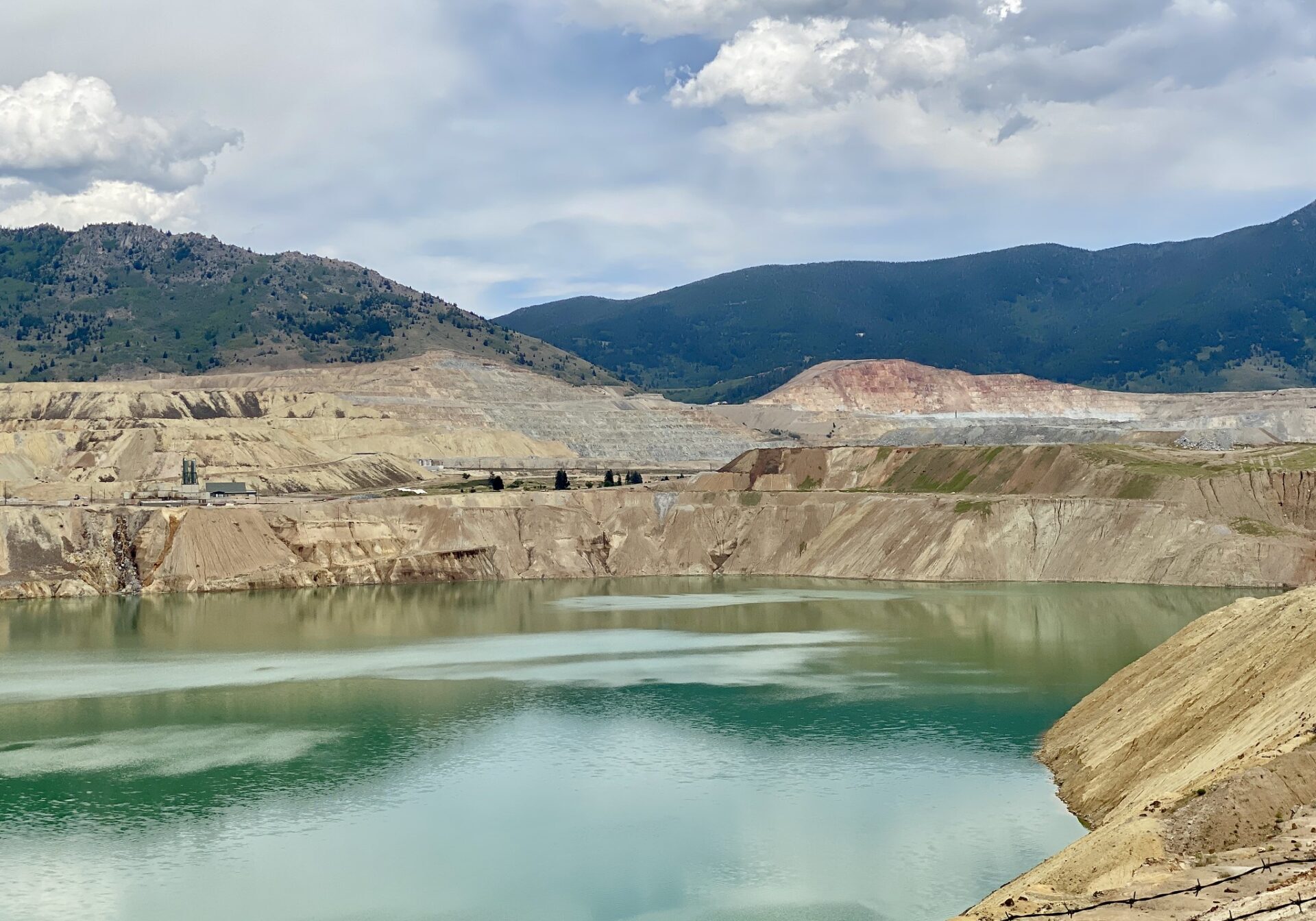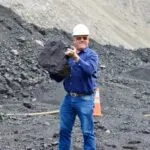Federal Coal Initiative Could Unlock Valuable Minerals from Berkeley Pit
Interior Department opens 13.1 million acres for coal leasing while launching mine waste recovery program that could benefit Butte Superfund site
By Staff Writer
Sep 30, 2025
HELENA — A sweeping federal coal initiative announced Monday could unlock valuable minerals from Montana’s abandoned mine sites, including the Berkeley Pit Superfund site in Butte, while delivering new economic benefits to coal operations statewide.
The Department of Interior opened 13.1 million acres nationwide for coal leasing and reduced royalty rates to 7% — moves that extend well beyond the Spring Creek Mine lease extension Western Montana News covered earlier this month.
“By reducing the royalty rate for coal, increasing coal acres available for leasing, and unlocking critical minerals from mine waste, we are strengthening our economy, protecting national security, and ensuring that communities from Montana to Alabama benefit from good-paying jobs,” said Interior Secretary Doug Burgum.
Lower Royalty Rates Benefit Montana Operations
The new 7% coal royalty rate represents a significant reduction from previous federal rates of 12.5% for surface mining and 8% for underground operations and could improve profitability for Montana’s coal operations, including the Spring Creek Mine near Decker that secured a 16-year extension through federal leasing in September.
Spring Creek Mine produces approximately 14 million tons of coal annually and supports hundreds of jobs in Big Horn County. The reduced royalty payments could help the operation compete in global markets while maintaining revenue for taxpayers.
The announcement fulfills promises made by Montana’s congressional delegation after they fought the Biden administration’s coal leasing restrictions. As Western Montana News reported in September, the House passed legislation to permanently reverse the coal leasing ban affecting 1.7 million acres in eastern Montana.
Mine Waste Recovery Creates New Opportunities
The initiative’s most significant development for Montana involves extracting valuable materials from existing mine waste and abandoned sites. Through Secretary’s Order 3436, Interior is working with the U.S. Geological Survey to map mine waste deposits and accelerate projects recovering uranium, zinc, germanium, tellurium and rare earth elements.
These materials are essential for defense technologies, energy production and advanced manufacturing — making domestic sources critical for national security.
Montana’s Berkeley Pit, the massive copper mine turned Superfund site in Butte, contains many of these same minerals in its contaminated water. The 1,780-foot-deep pit holds more than 40 billion gallons of toxic water containing copper, arsenic, cadmium, zinc and rare earth elements.
Montana Resources has been exploring rare earth extraction from the Berkeley Pit, with state legislators unanimously voting to petition Congress for support. The Department of Defense has called the Berkeley Pit project “one of the most advanced, shovel-ready projects they have in the country right now.”
A successful recovery system could generate 20-30 tons of rare-earth elements annually while supporting Superfund cleanup efforts — potentially turning Montana’s most notorious environmental disaster into an economic opportunity.
Broader Energy Strategy
The Interior announcement reflects the Trump administration’s comprehensive energy strategy, which includes multiple executive orders on mineral production and coal industry revitalization. The policy changes follow passage of the One Big Beautiful Bill Act, which directed additional coal acres for development.
Montana has been a key beneficiary of the administration’s energy policies, with recent federal actions supporting both traditional energy production and critical minerals development. The state’s abundant coal resources and numerous abandoned mine sites position it to benefit from both aspects of the new initiative.
Coal lease sales under the new policy are already underway nationwide, including projects at Freedom Mine and Falkirk Mine in North Dakota and expansions at multiple operations across the West.
The reduced royalty rate and expanded leasing opportunities aim to help American producers compete in global markets while ensuring reliable domestic energy supplies and reducing dependence on foreign mineral sources.
“Washington doesn’t build prosperity, American workers and entrepreneurs do, and we’re giving them the tools to succeed,” Burgum said.
Categories: Energy, Environment, Government
Don’t miss the week’s top Montana stories
Join readers across Montana who rely on WMN for independent reporting.
Unsubscribe anytime. Want to support WMN? Upgrade for $4/month →





